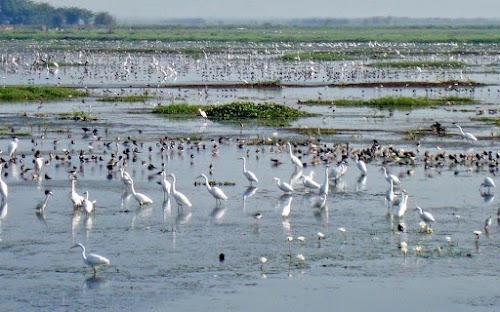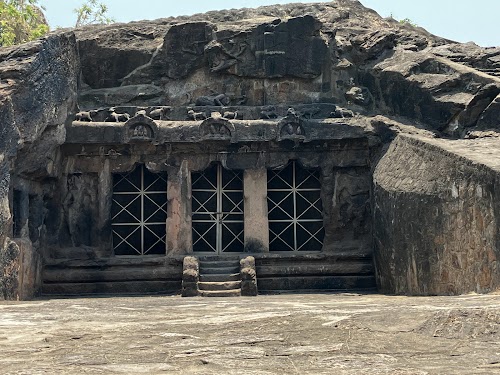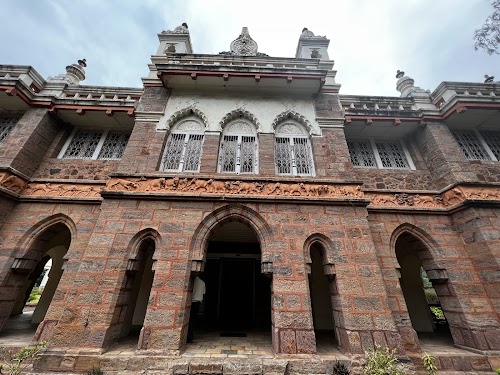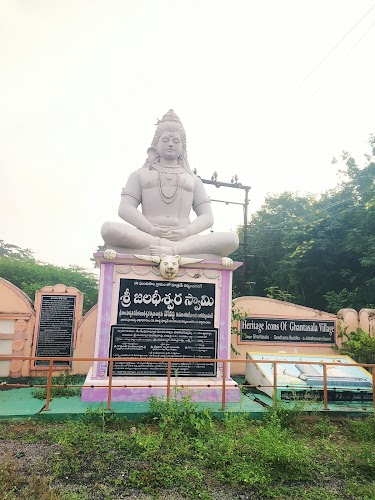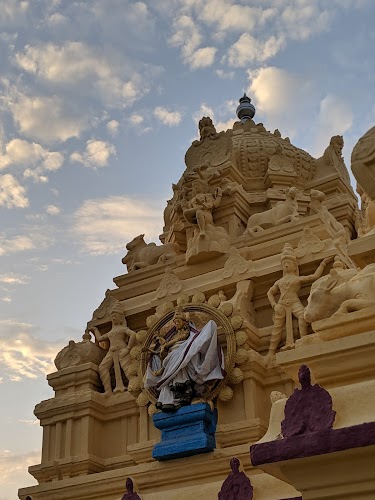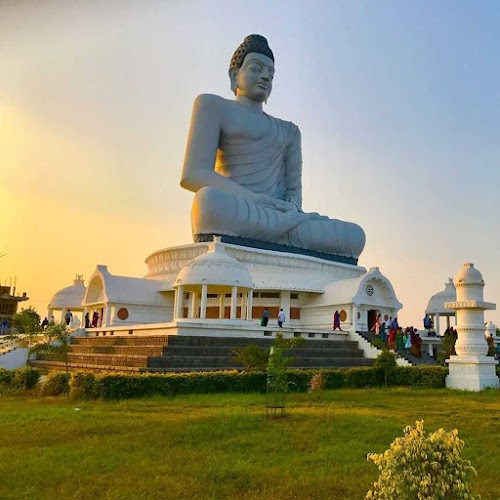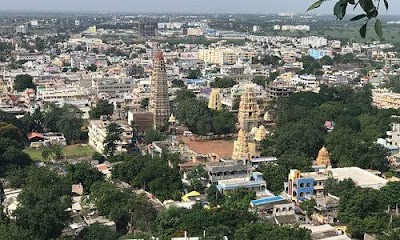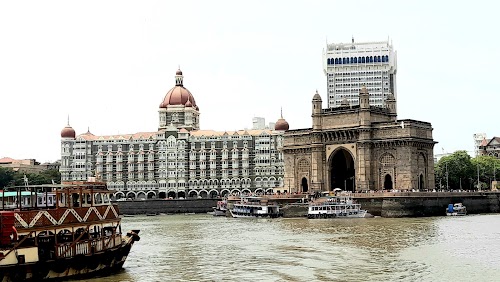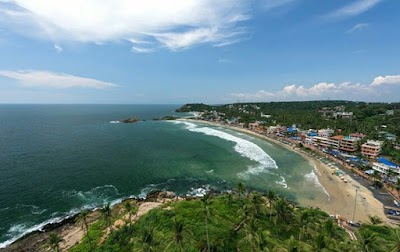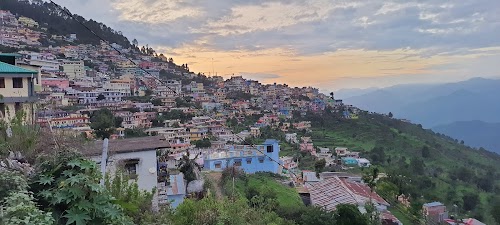Krishna, India
Krishna district, located in Andhra Pradesh, India, is a vibrant region known for its rich cultural heritage, historical significance, and fertile lands. The district is a blend of ancient temples, bustling towns, and serene landscapes. It's a major agricultural hub, particularly for rice cultivation, and also boasts a growing industrial sector. The district's coastline along the Bay of Bengal adds to its geographical diversity, offering beaches and fishing villages. Krishna's major city, Vijayawada, serves as a commercial and educational center, attracting visitors with its vibrant markets and religious sites. The district provides a glimpse into Andhra Pradesh's traditional lifestyle and warm hospitality.
Known for:
History:
Krishna district has a rich history dating back to ancient times. It was part of various empires, including the Satavahanas, Ikshvakus, and Chalukyas. The region witnessed the rise and fall of many dynasties, each leaving their mark on its cultural and architectural landscape. The historical city of Amaravati, once a major Buddhist center, is a testament to the district's ancient past. During the colonial era, Krishna was under British rule and played a role in the Indian independence movement. The district's history is marked by periods of prosperity and political change, making it a significant part of Andhra Pradesh's historical narrative.
How to reach:
Krishna district is well-connected by road, rail, and air. Vijayawada, the major city in the district, has an airport with flights to major Indian cities. The railway station is a major junction on the South Central Railway. A well-developed road network connects Krishna to other parts of Andhra Pradesh and neighboring states. Buses and taxis are readily available.
Places in Krishna, India
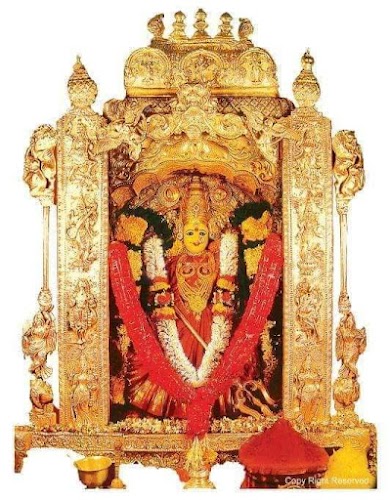
Kanakadurga Temple
Krishna, India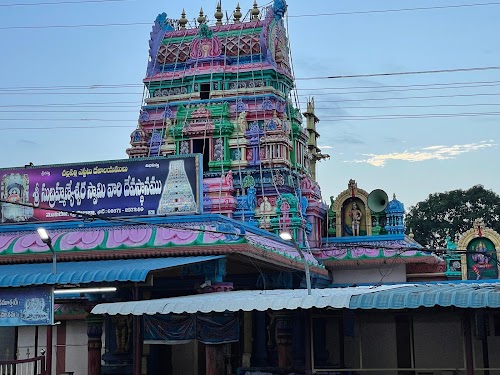
Subramanya Swamy Temple, Mopidevi
Krishna, India
Gandhi Hill
Krishna, India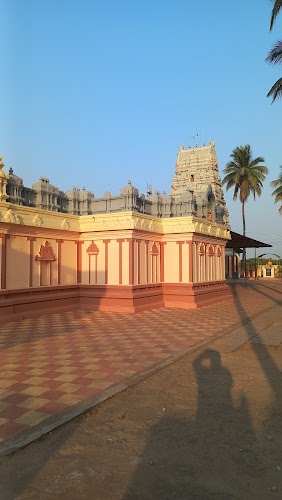
Srikakulam Andhra Vishnu Temple
Krishna, India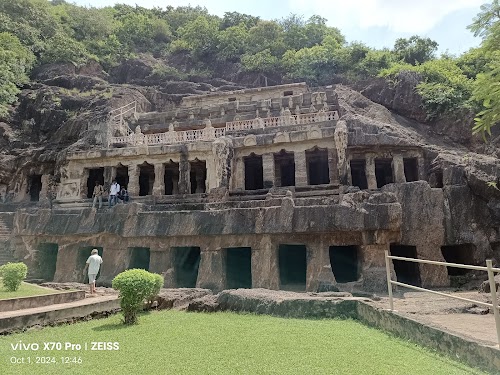
Undavalli Cave Temple
Krishna, India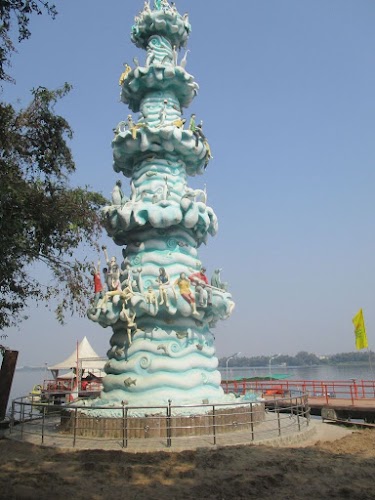
Bhavani Island
Krishna, India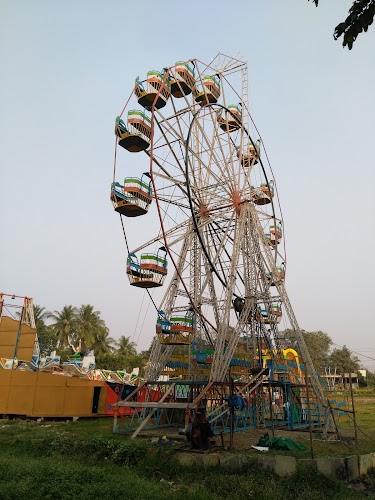
Rajiv Gandhi Park
Krishna, India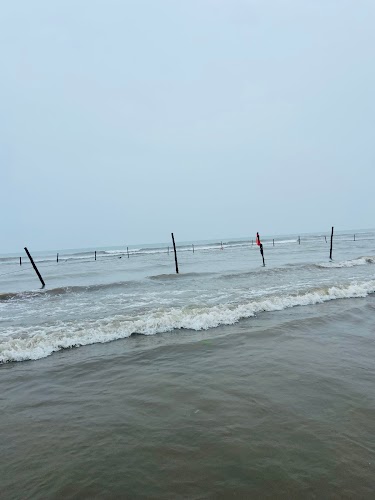
Manginapudi Beach
Krishna, India